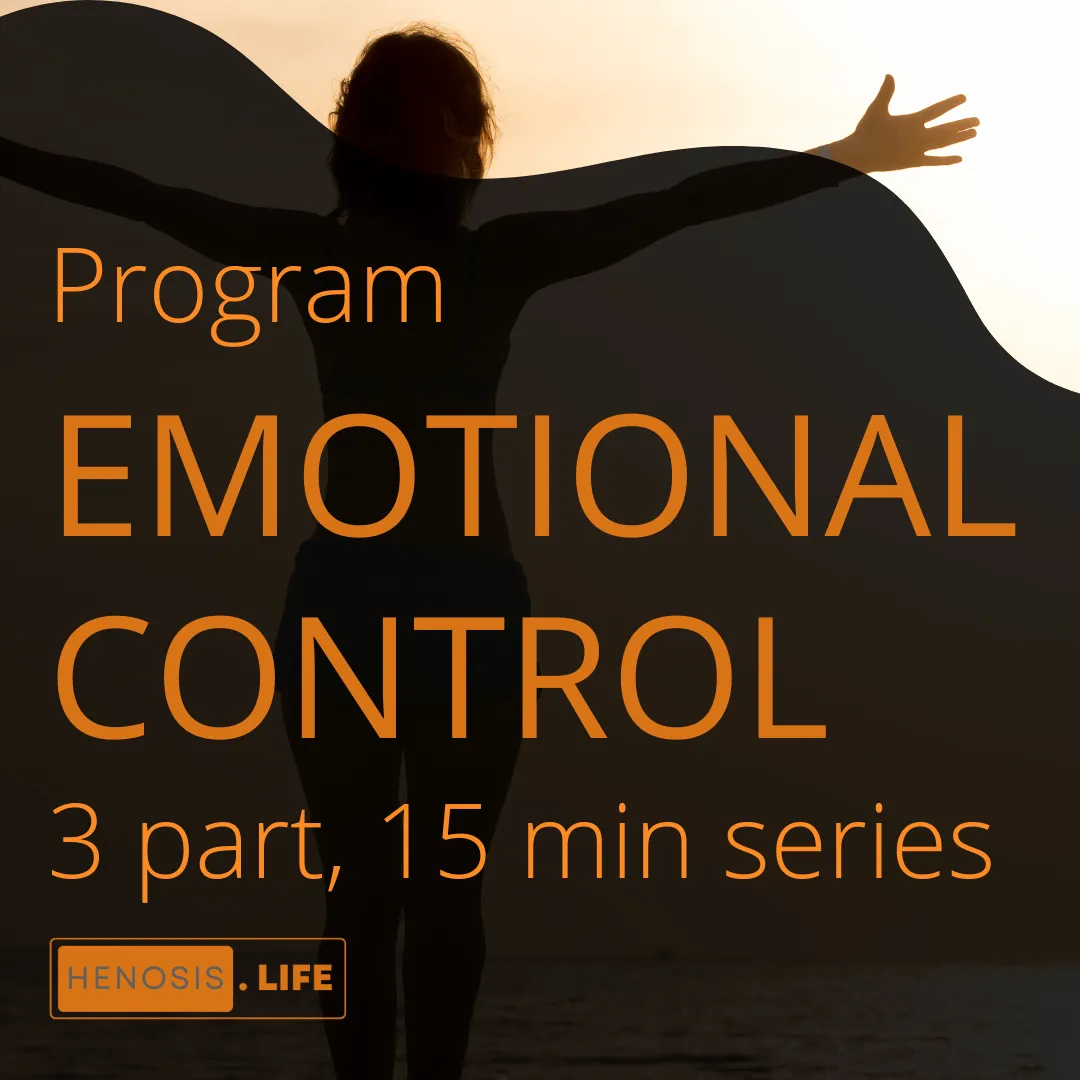
Exploring the Science of Measuring Human Chakra Energy Centers
Chakra energy centers have long been part of many spiritual traditions, and play a significant role in our physical and emotional well-being. Chakras involve seven energy centers located along the spine that influence different aspects of our health and wellness. While chakras are often associated with spiritual practices such as yoga and meditation, there is also scientific research that clearly shows they have an immeasurable impact on our health.
Understanding Chakras and their Significance
In Hindu and Buddhist traditions, chakras are believed to be centers of spiritual power within the human body. Each chakra is associated with different organs and bodily functions, as well as specific emotions and mental states. The seven chakras are connected by a system of channels known as nadis, through which life energy, or prana, flows.
Chakras have also been embraced by modern medicine, with researchers studying the links between these energy centers and physical health. According to Dr. Joe Dispenza, author and researcher in the field of neuroscience and epigenetics, chakras are "centers of information", and represent "different levels of consciousness" within the body.
Scanning and Measuring Human Chakra Energy Centers
One of the challenges in studying chakras scientifically is how to measure them. While they are believed to be centers of energy, they are not visible to the naked eye, which makes it difficult to study them using traditional scientific methods. However, advancements in technology have allowed for new ways of measuring chakra energy centers.
For example, researchers have used techniques such as electroencephalography (EEG) and functional magnetic resonance imaging (fMRI) to study the effects of meditation on the brain and the body. These techniques have shown that meditation can have a real measurable impact on brain activity and bodily functions, showing a clear connection to the chakra energy centers.
Dr. Hiroshi Motoyama, a Japanese scientist and founder of the International Association for Religion and Parapsychology, has developed a method of measuring chakras known as the AMI (Apparatus for Meridian Identification). The AMI is a type of biofeedback machine that measures the electrical conductivity of the skin at various points along the body. According to Motoyama, these measurements can be used to identify and measure the activity of chakra energy centers.

An example of the outputs of the Kirlian camera method, or Dr Joe Dispenza's EEG method.
Another technique for measuring chakras involves the use of a specialized camera known as a Kirlian camera. This camera uses an electrical discharge to create an image of the energy field around a person, which is believed to be connected to their chakra energy centers. While Kirlian photography is not widely accepted as a scientific method for studying chakras, it has been used by some researchers to explore the links between energy fields and health.
The Potential Benefits of Measuring and Balancing Chakras
The idea of balancing chakras has been embraced by many alternative and complementary therapies, which use techniques such as meditation, yoga, and acupuncture to restore balance to the body's energy systems. While the scientific evidence for the effectiveness of these therapies is still limited, it is proving what the ascended masters have spoken of for millennia. Because of this, there is a rapidly growing interest in the benefits of chakra balancing for overall health and well-being.
According to Dr. Dispenza, balancing chakras can help to "open up the field" of energy within the body, allowing for greater healing and transformation. This can lead to transformations in physical health, as well as emotional and mental well-being.
In conclusion, the chakra energy centers play a significant role in our physical, emotional, and mental well-being. The measurement of these centers is crucial in diagnosing and treating various physical and non-physical imbalances.
Sources
"The Science of Energy Healing" by Dr. Jill Blakeway, Huffington Post, 2015. This article discusses the concept of energy fields and how they can be measured using scientific instruments. Dr. Blakeway explains that energy healing modalities, including acupuncture and Reiki, work by influencing the body's energy fields.
"Measuring the Human Biofield and Healing" by Dr. Beverly Rubik, Alternative Therapies in Health and Medicine, 2002. Dr. Rubik discusses the concept of the human biofield and presents evidence that it can be measured using a variety of scientific instruments, including thermal imaging, electroencephalography (EEG), and magnetoencephalography (MEG).
"The Science of Chakras: A Beginner's Guide to Exploring Your Body's Energy Centers" by Dr. Laura Koniver, Mindbodygreen, 2016. Dr. Koniver provides an overview of the chakra system and explains how each chakra is associated with different physical, emotional, and spiritual aspects of the body. She also discusses the scientific evidence that supports the existence of chakras and the use of energy healing modalities to balance them.
"Science of the Heart: Exploring the Role of the Heart in Human Performance" by Dr. Rollin McCraty, HeartMath Institute, 2015. This article presents evidence that the heart is not only a physical organ but also an energetic center that emits an electromagnetic field. The article also discusses the importance of heart coherence, which can be achieved through practices such as meditation, for optimal health and performance.
"Energy Medicine: An Overview" by Dr. Shamini Jain, National Center for Complementary and Integrative Health, 2019. Dr. Jain provides an overview of the field of energy medicine, which includes modalities such as acupuncture, Reiki, and therapeutic touch. The article discusses the scientific evidence supporting the use of energy medicine for various conditions, including pain and anxiety.




